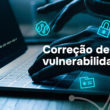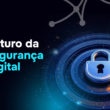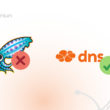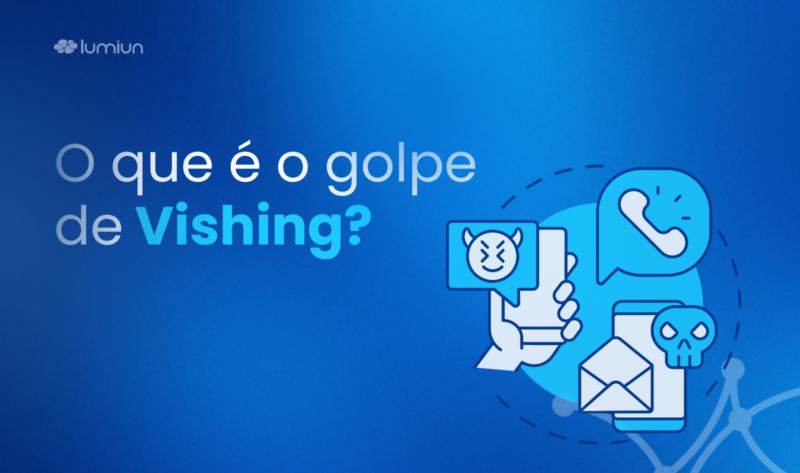Have you heard of Vishing? You may probably have come across such a situation: Imagine that you are accessing a site and suddenly comes a notification warning that your computer or device is contaminated and the problem needs to be solved. Usually this link is accompanied by a telephone number so that you contact the company responsible to solve this situation.
Let's say you make a connection and be attended by a supposed technician who, by collecting a certain amount, offers you the best solution to the problem. And that's what this threat consists of. One of Vishing's strategies is to offer supposed antivirus software by paying a certain amount, most of the time, providing credit card data.
The reality is that this software does not work, and the credit card information you provided for payment of the fee are used to apply more substantial financial blows (besides payment of the alleged software itself).
The evolution of technology was very beneficial to society, bringing innovations that greatly facilitate our daily lives and optimize tasks that were previously considered complex. But this advance has brought several threats that can cause much damage to people and organizations.
The blows through the phone have been happening since the emergence of this technology, and over the years the criminals have developed increasingly efficient traps to deceive their victims . One strategy that became very famous was the blow to the false kidnapping, which made several victims and had a great impact on the lives of thousands of people. For these threats to be even more effective, cybercriminals began to use social engineering to strengthen their narrative and make victims put even more confidence in what is being presented as truth. Understand how social engineering can be applied to cyber blows:
The threats that come to us through telephone calls are known as Vishing and are equally dangerous, and can cause many problems for their victims, from the leak of personal information to major financial fraud for companies.
Vishing's blow: How does it work?
Vishing's blow works as follows: Through a telephone call, criminals try to deceive their victims to make them provide valuable information such as personal data, address, credit card data, among others.
For this to be possible, during the call they use strategies and tools to deceive their victims (such as social engineering) and make them believe that it is a legitimate and safe contact. Currently, this type of scam has been more used to the theft of credit card information or identification documents.
Since people are more prepared than a few years ago, so that this scam is more effective and delivering the results that the scammer expects, there is a technique called War Dialing , which scans a phone number and quickly dial these contacts so that, in the face of a large amount of calls , it can capture a victim.
With the advance of the internet and digital transformation, this type of scam also began to be used with Voice Over Internet Protocol - VOIP . This type of telephone service works exclusively over the internet and many cybercriminals are using this tool to hide your real identity and make more and more victims.
Vishing x Phishing x Sminging: Understand the difference
By using some strategies to deceive their victims, many people confuse vishing with other blows, such as phishing and smoking. In order to determine the difference, we need to know which channel used by each to reach their victims .
Phishing , which are sent via email. This is one of the most dangerous threats on the internet, mainly because the most unsuspecting users have no risk of the risk that access this type of link or downloading files can bring.
This link often requests access information, full names, personal documents, credit card data.
The smoking refers to a fraud that reaches users through the SMS service. Usually the text of the received message contains a malicious link whose purpose is to steal the information. Both Vishing and Smominging are threats derived from phishing , varying only in the channel used to reach users.
Vishing can be performed through real or robocall calls, which are programmed to achieve an increasing number of victims. With over 2.47 billion calls by Anatel , these automatic calls already represent more than half of all calls made in Brazil, which demonstrates the size of the risk they pose for users and companies.
This type of coup usually makes calls offering unmissable promotions, solutions to technical problems, discount packages, extended warranties, and more. The next step is to request the full name, residential and commercial address, identity number, social security number, driver's license, financial data, etc. With this information in hand, they can apply numerous types of coup , even open accounts and borrow from financial institutions.
Knowing how to recognize is essential: identifying the vishing blow
Knowing how to recognize the main threats of the internet is the first step in being able to protect themselves from the damage they can cause. The first step is never to provide personal information by links, forms or telephone calls unless this contact was your initiative.
If any company comes into contact with you, such as government organizations, financial institutions or companies you have had contact at some point, bringing information about pending or offering promotions, end contact and call again to check the veracity of contact.
It is important that this contact is made extremely carefully using the contact phones available on the company's official website. This is because cybercriminals, thinking of more inattentive users, plant fake internet phones on websites on sites without credibility , making several users believe the number of the company they want to contact.
Also avoid answering calls or answering SMS of contacts and numbers you don't know. So that you understand the risk, did you know that even answering calls to say that you no longer want to receive this type of contact is contraindicated? This is because this behavior gives cybercriminals very valuable information: that this number is legitimate, is active and that you can be contacted in other ways.
The reality is that, with so many threats surrounding our routine, it is important to be suspicious of everything.
It is important to prepare to ensure safety
As we have seen throughout this material, Vishing can be a very dangerous threat to our data and risk behavior within the company can cause considerable damage. Receiving this type of contact can, in addition to impacting productivity, causing immense loss to the business.
Falling in this type of scam can favor both the leakage of information that can undermine brand positioning and reliability in the market , as well as the financial blows that can be applied through the data provided, such as financial fraud and extortion.
Lumiun has complete tools, created to make the routine within your company safer and more efficient . With resources focused on the security and protection of your business , we have exactly what your business needs to maintain data protection and ensure that your employees are far from problems on the internet.





